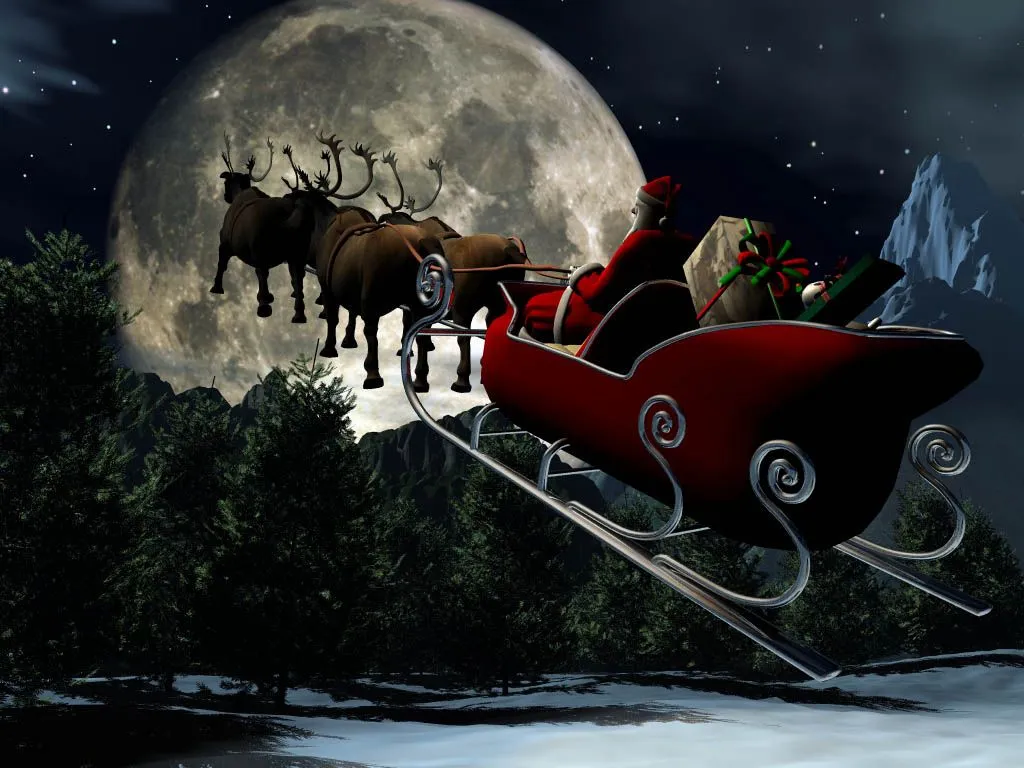Santa Claus, also known as Saint Nicholas or Kris Kringle, boasts a rich history entrenched in Christmas traditions. Today, he is widely recognized as the cheerful man in red who delivers gifts to well-behaved children on Christmas Eve. However, the roots of his story extend back to the 3rd century, when Saint Nicholas, a monk renowned for his piety and generosity, walked the earth and eventually became the patron saint of children.
The Legend of St. Nicholas: The Real Santa Claus
Legend has it that Nicholas, born around A.D. 280 in Patara, near Myra in present-day Turkey, gave away his inherited wealth to aid the poor and sick. Among the many tales surrounding him, one highlights his intervention to save three impoverished sisters from being sold into slavery or prostitution by their father. Nicholas provided them with dowries, enabling them to marry and escape dire fates.
Over the years, Nicholas’s popularity grew, and he earned recognition as the protector of children and sailors. Celebrated on the anniversary of his death, December 6, became a fortunate day for significant purchases or weddings. Even during the Renaissance, Nicholas remained the most revered saint in Europe. Despite the Protestant Reformation’s discouragement of saint veneration, he retained a positive reputation, particularly in Holland.
The name Santa Claus originated from Nick’s Dutch nickname, Sinter Klaas, a shortened form of Sint Nikolaas (Dutch for Saint Nicholas). Nicholas at the society’s annual meeting, featuring familiar Santa imagery such as stockings filled with toys and fruit hung over a fireplace. Washington Irving further popularized Sinter Klaas in 1809, referring to St. Nicholas as the patron saint of New York in his book, “The History of New York.”
Sinter Klaas Comes to New York
As time passed, various descriptions of Sinter Klaas emerged, ranging from a “rascal” with a blue three-cornered hat to a man wearing a broad-brimmed hat and “huge pair of Flemish trunk hose.” St. Nicholas found his way into American culture in the late 18th century, with reports of Dutch families in New York gathering to honor his death in 1773 and 1774.
Shopping Mall Santa
The concept of Santa Claus continued to evolve, aided by cultural influences and Christmas traditions. In the early 19th century, gift-giving, especially centered around children, became integral to Christmas celebrations. Stores began advertising Christmas shopping in 1820, and by the 1840s, newspapers dedicated separate sections to holiday advertisements featuring the increasingly popular Santa Claus.
In 1841, a Philadelphia shop displayed a life-size Santa Claus model that drew thousands of children. The Salvation Army, in the early 1890s, utilized unemployed men dressed as Santa Claus to solicit donations for free Christmas meals provided to needy families, a tradition that continues to this day.
‘Twas the Night Before Christmas
A significant turning point in shaping the modern image of Santa Claus occurred in 1822 when Clement Clarke Moore, an Episcopal minister, wrote the poem “An Account of a Visit from St. of Santa as a “right jolly old elf” with a portly figure and the ability to descend chimneys with a nod of his head.
In 1881, political cartoonist Thomas Nast built on Moore’s poem to create the first likeness resembling the modern Santa Claus. Nast’s depiction, featured in Harper’s Weekly, portrayed Santa as a cheerful man with a full, white beard, donning a bright red suit trimmed with white fur. Nast also introduced the North Pole workshop, elves, and Mrs. Claus.
Santa Claus Around the World
Santa Claus, inspired by St. Nicholas, took various forms worldwide. In Switzerland and Germany, Christkind or Kris Kringle delivered presents to well-behaved children, accompanied by St. Nicholas. Scandinavia featured a jolly elf named Jultomten delivering gifts in a sleigh drawn by goats. Father Christmas in England, Père Noël in France, and La Befana, a kindly witch in Italy, all played roles in their respective Christmas traditions.
Christmas Traditions in the United States
In the United States, Santa Claus is often depicted flying from home to home on Christmas Eve in a magic sleigh pulled by reindeer, including the most famous of all, Rudolph. Children leave cookies and milk for Santa and carrots for the reindeer, eagerly anticipating the gifts Santa leaves in their stockings hung by the chimney with care.
The concept of Santa Claus and his wife, Mrs. Claus, residing at the North Pole, became ingrained in American Christmas traditions. Children write letters to Santa, tracking his progress around the world on Christmas Eve. Santa maintains a “naughty list” and a “nice list,” encouraging children to behave in anticipation of Christmas morning gifts.
The Ninth Reindeer, Rudolph
Rudolph, the red-nosed reindeer, became a beloved addition to the Santa Claus narrative. Created by Robert L. May, a copywriter at Montgomery Ward, Rudolph’s story, written in 1939 as a promotional tool for the department store, emphasized turning a liability into an asset. The story’s popularity led to a song recorded by Gene Autry in 1949 and a television movie narrated by Burl Ives since 1964.
In conclusion, the history of Santa Claus spans centuries, blending the generosity of St. Nicholas with cultural influences and literary contributions from figures like Clement Clarke Moore and Thomas Nast. Today, Santa Claus remains a central figure in Christmas celebrations worldwide, embodying the spirit of giving and joy during the holiday season.


1 thought on “History of Santa Claus: Christmas Festival”